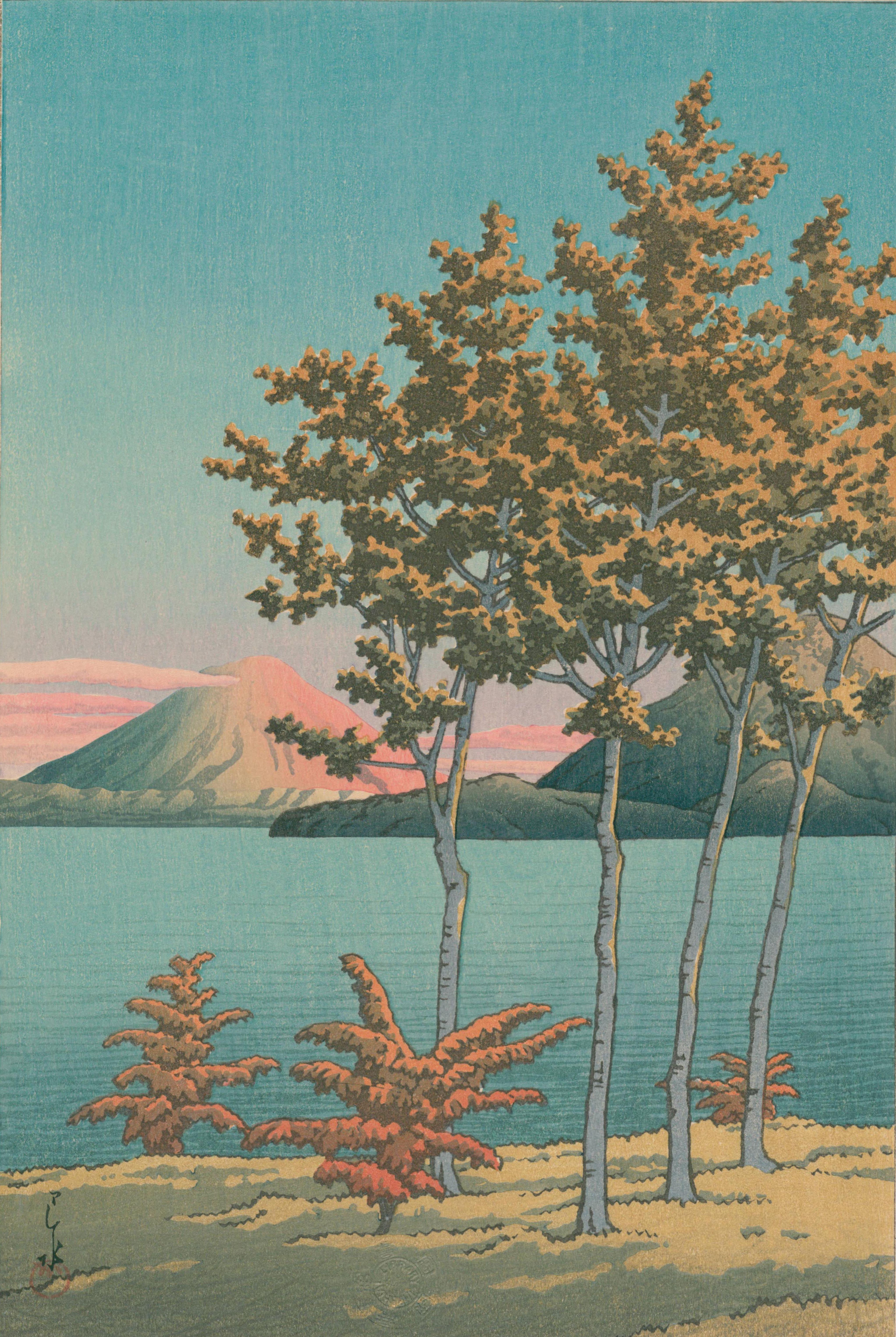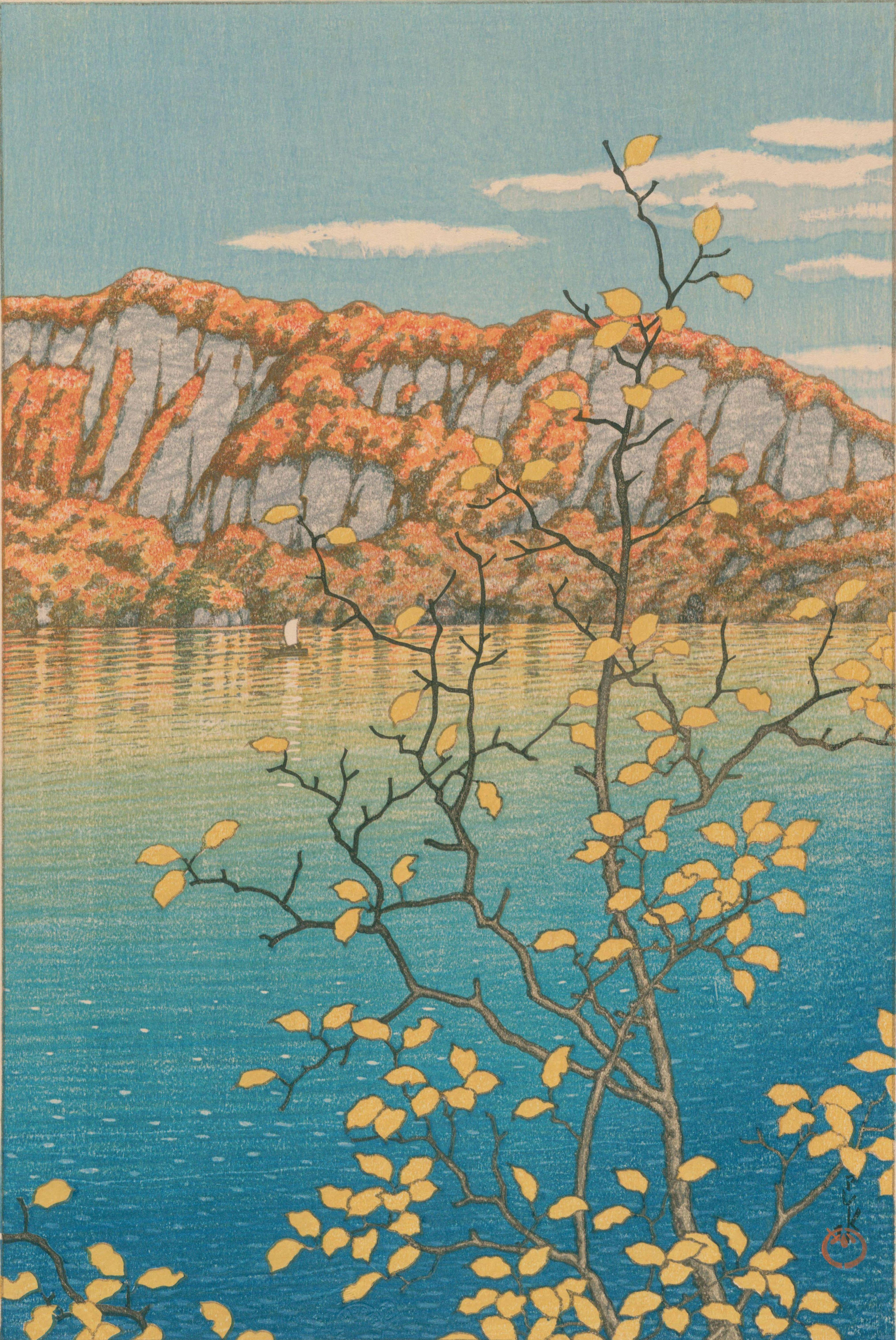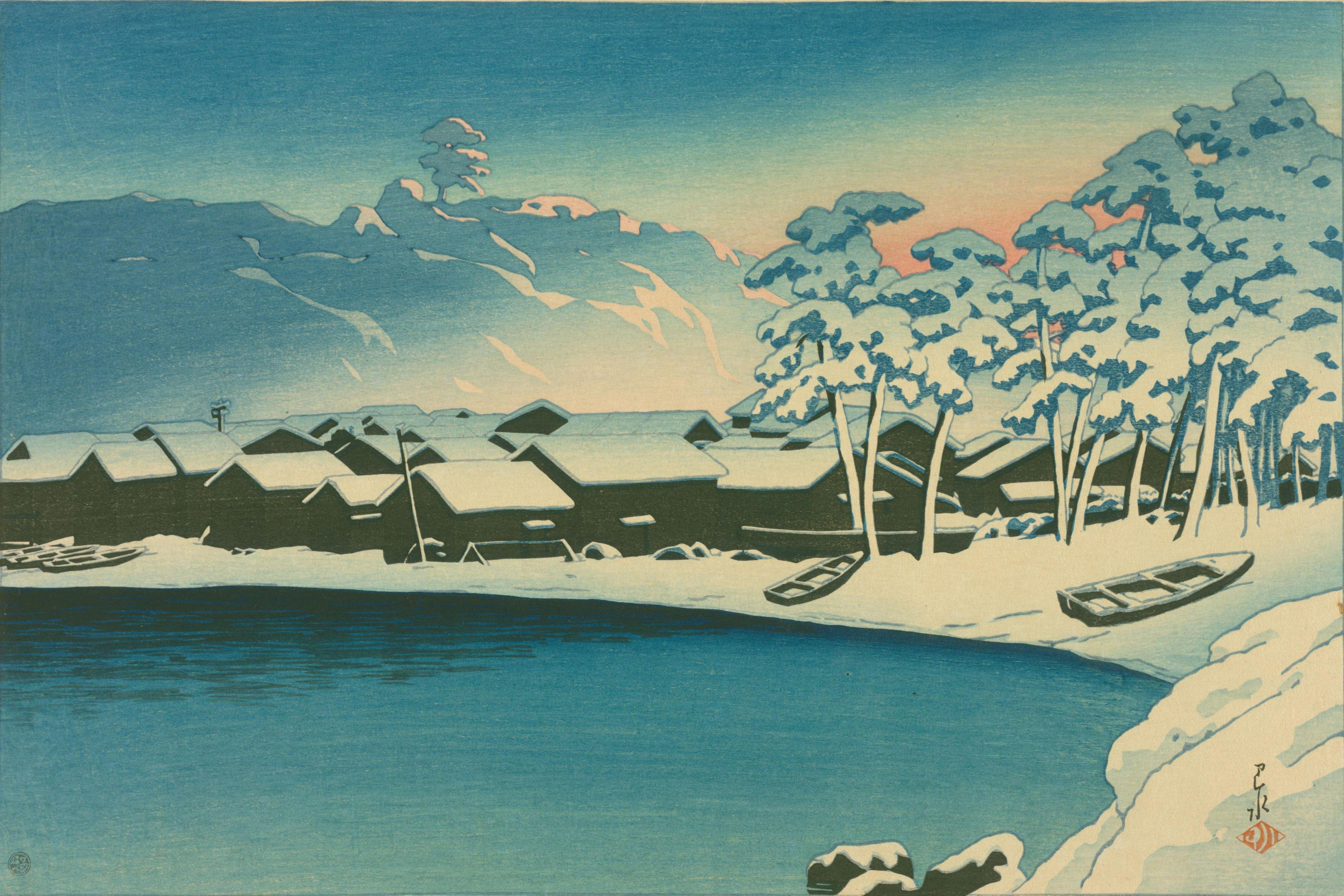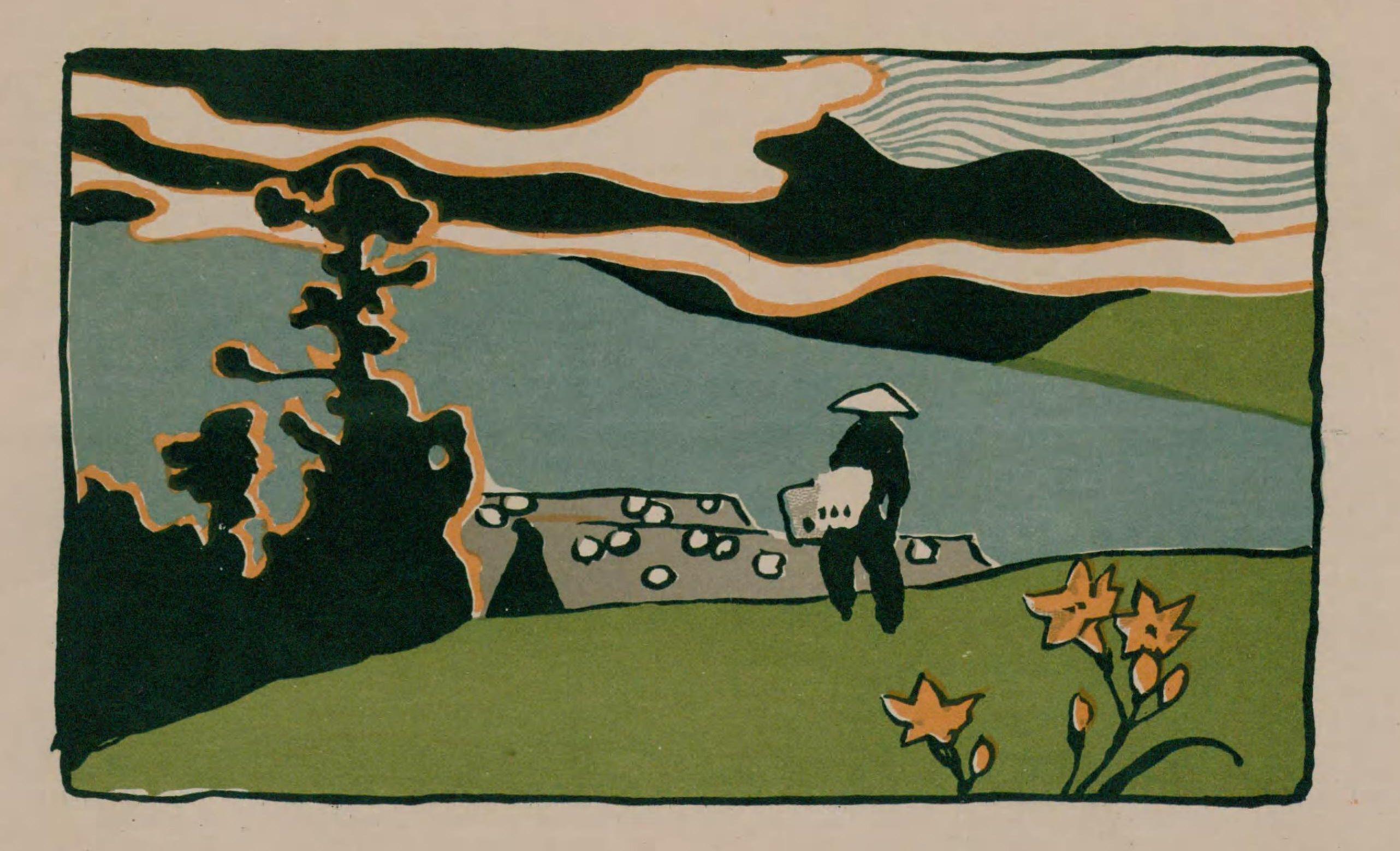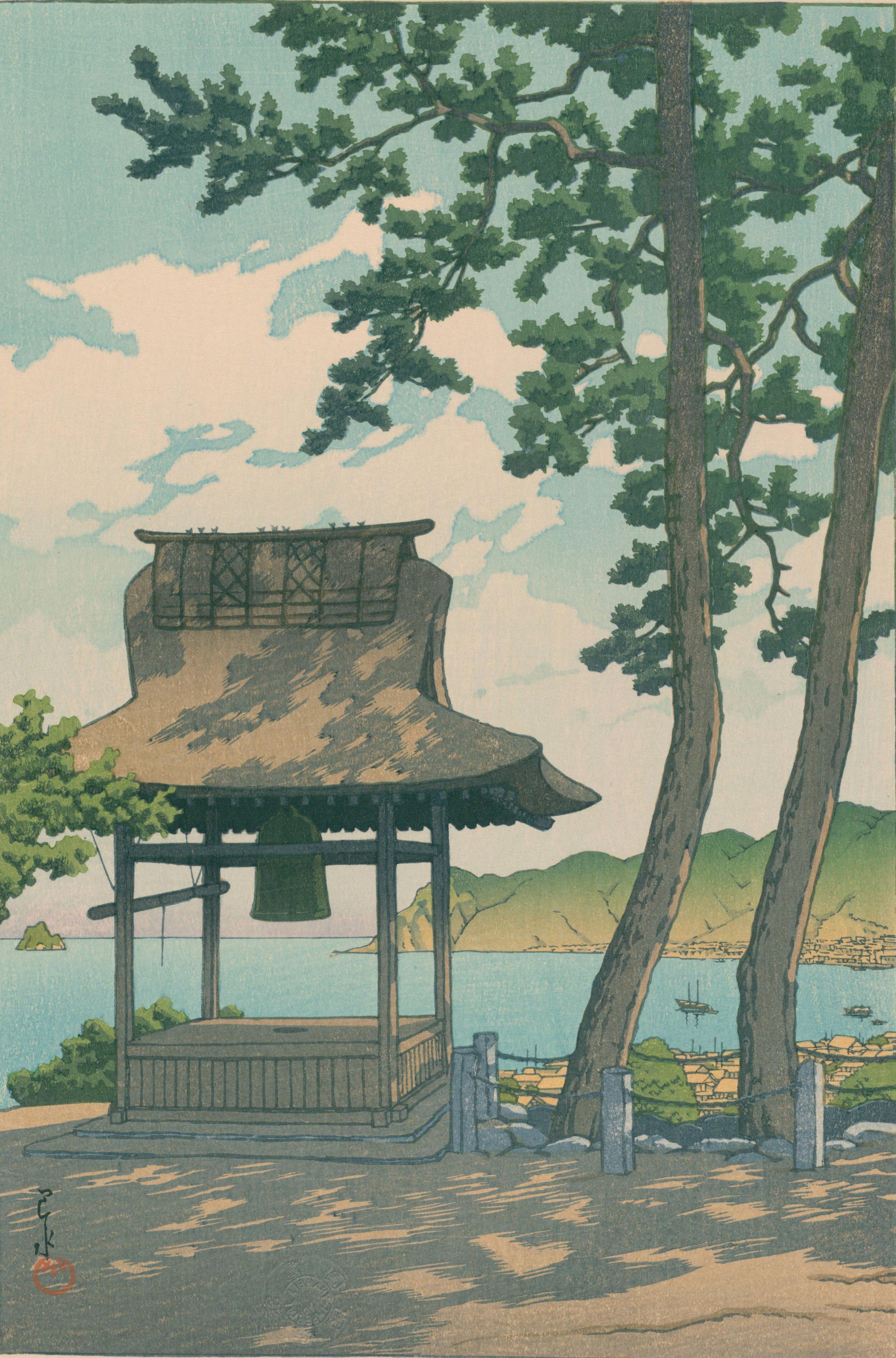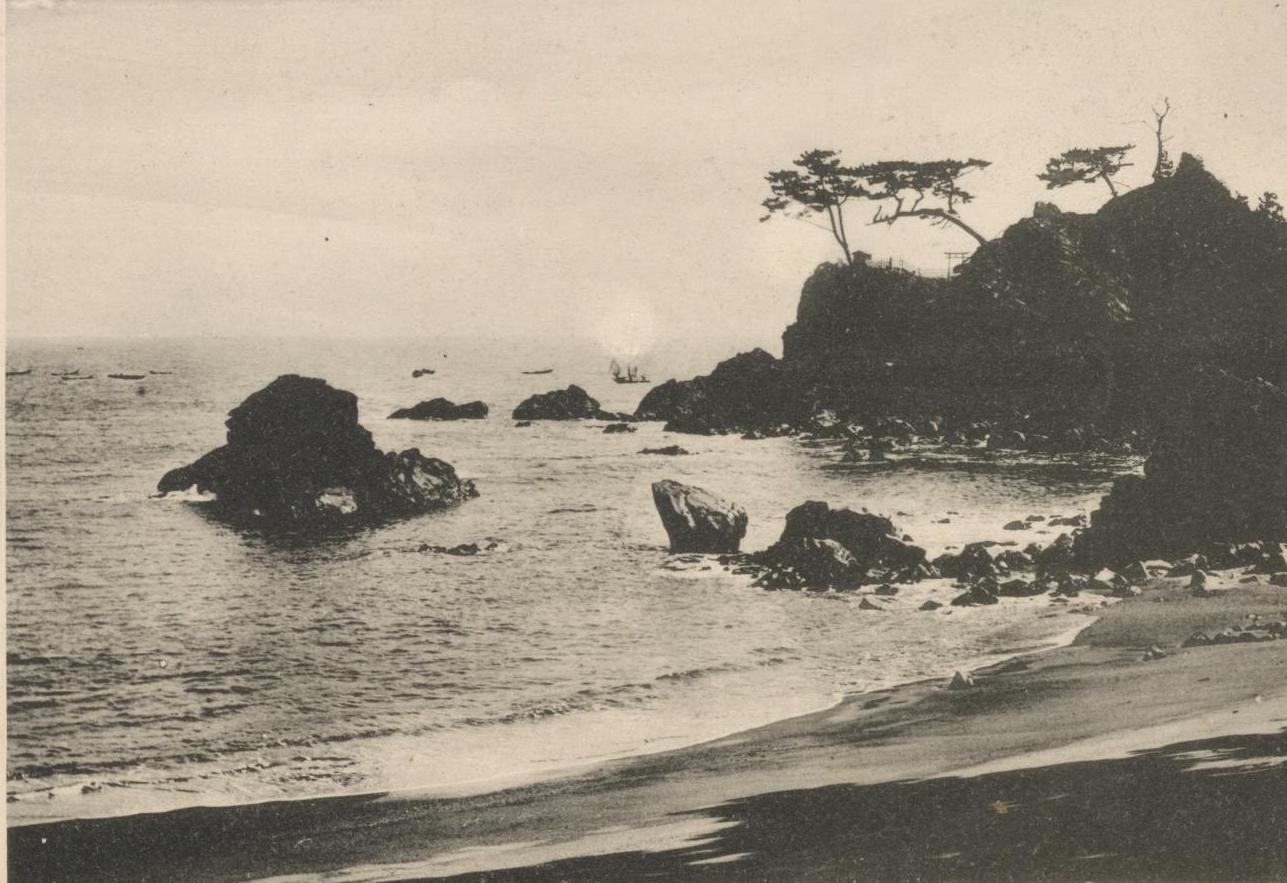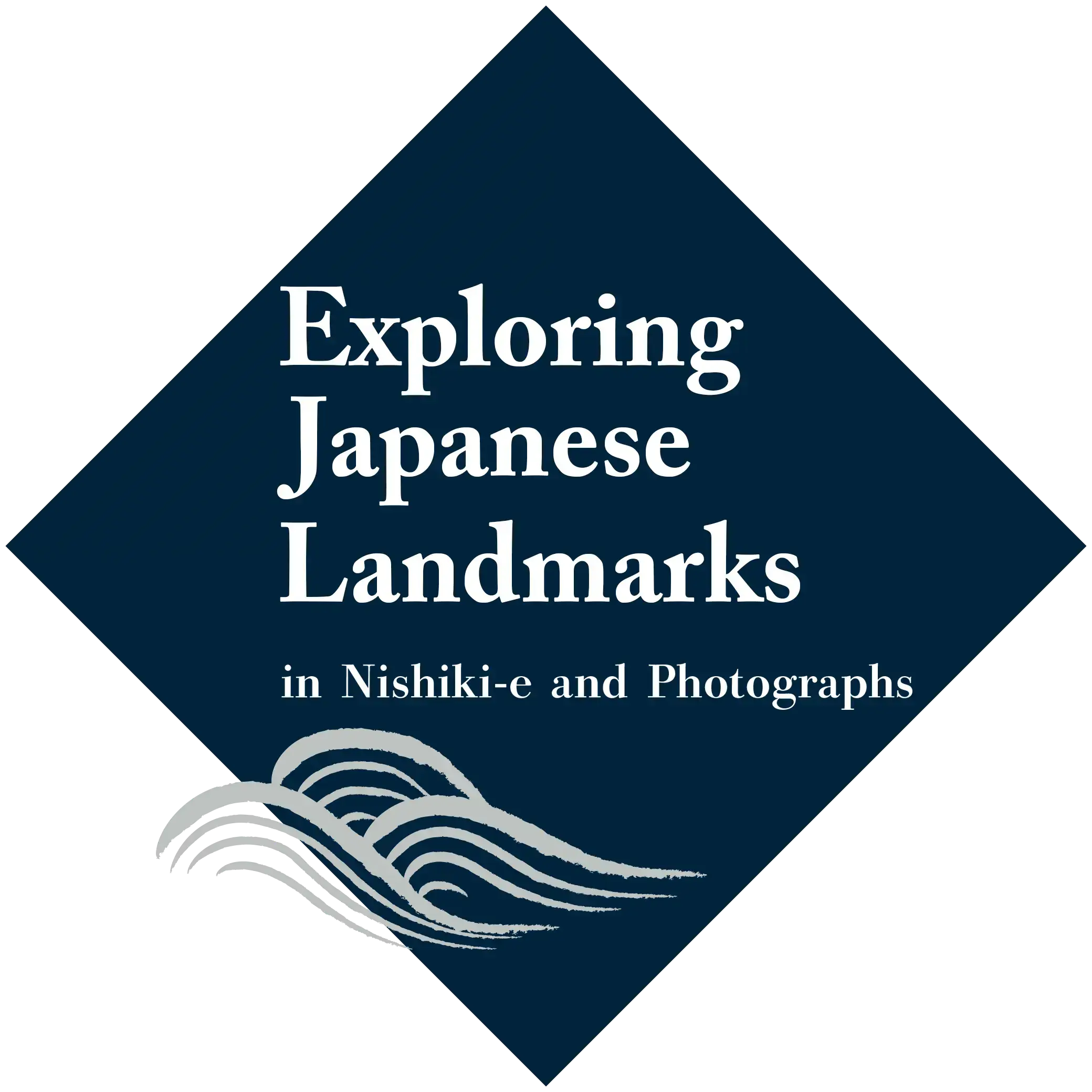
The digital exhibition "Exploring Japanese Landmarks in Nishiki-e and Photographs" presents a variety of materials from the collection of the National Diet Library, including nishiki-e (color woodblock prints) and photographs of Japanese Landmarks mainly from the Edo, Meiji, and Taisho periods.
